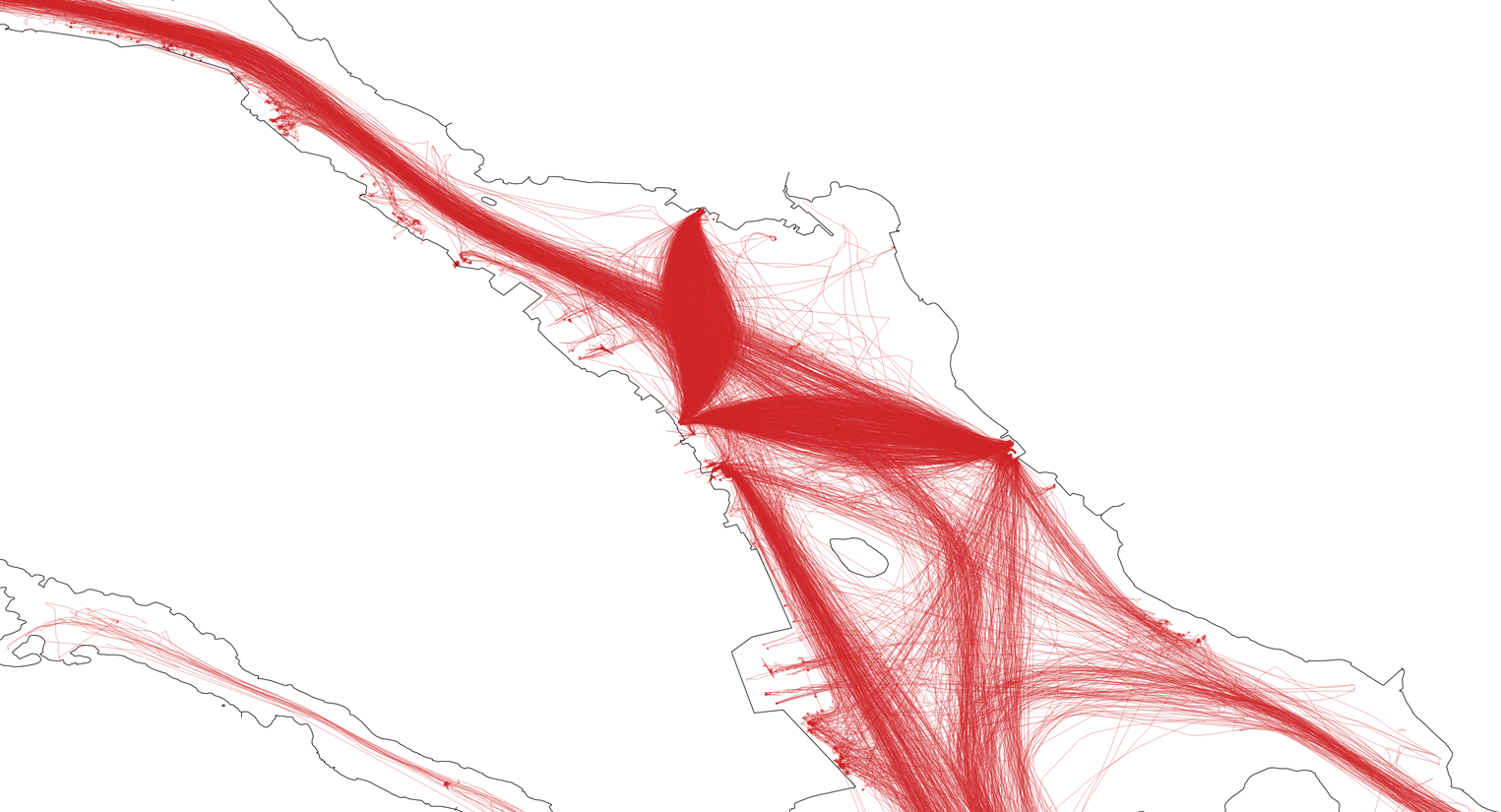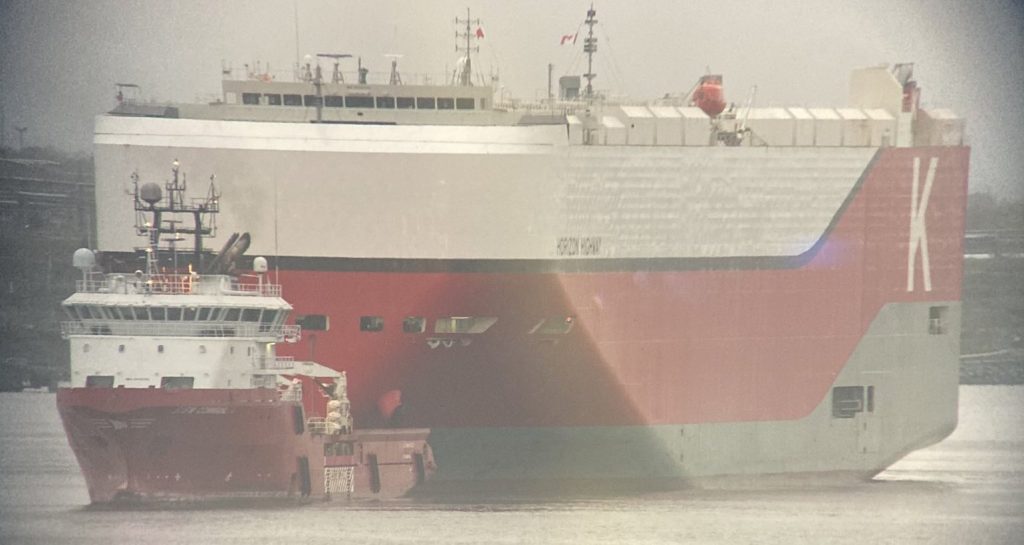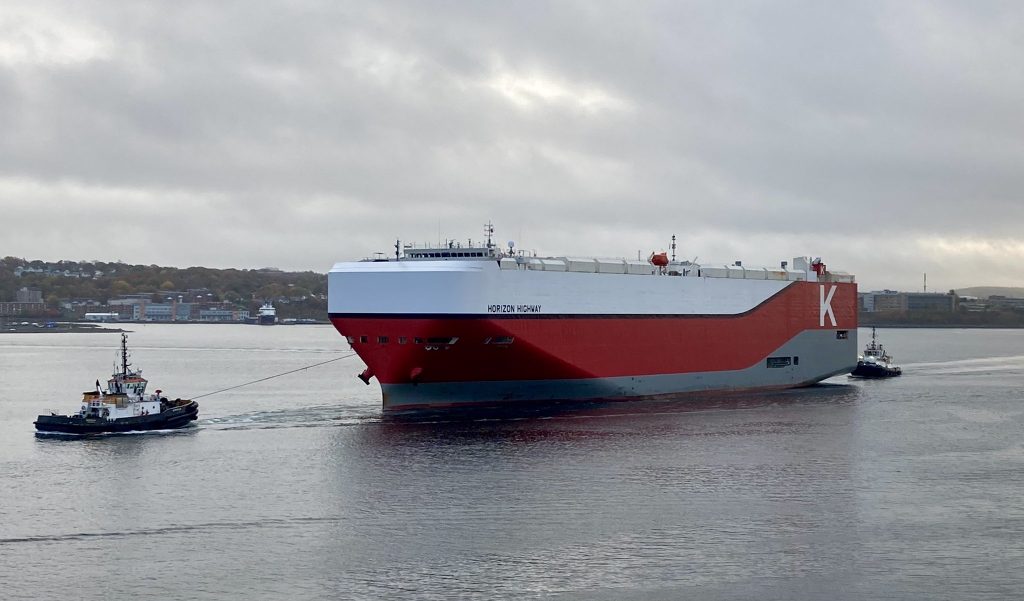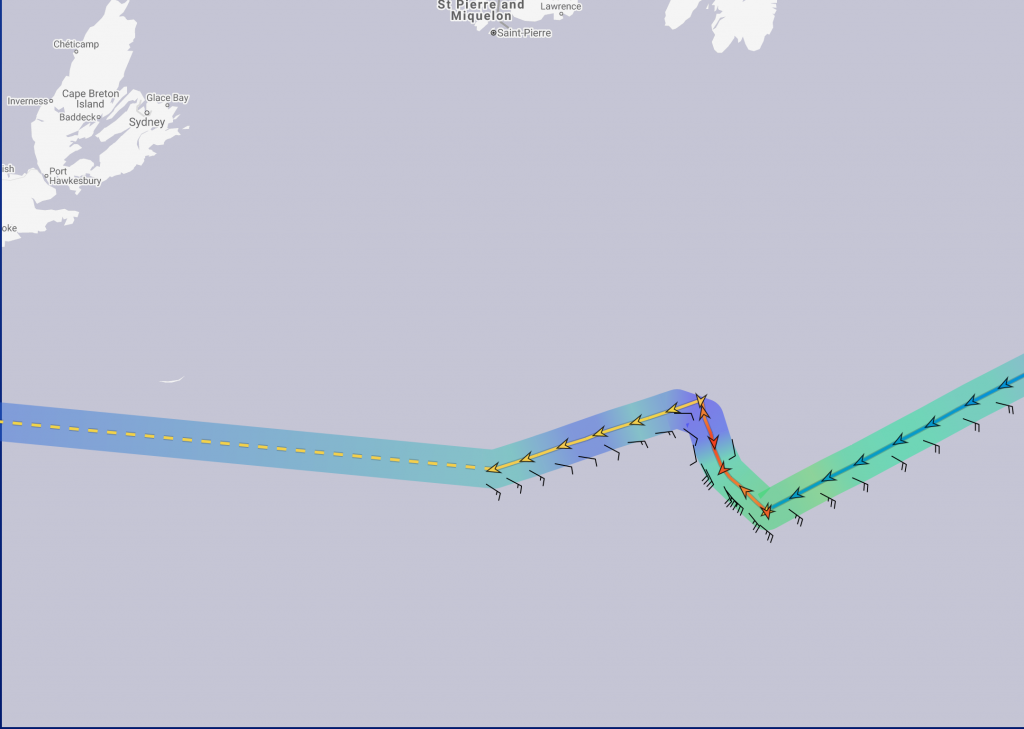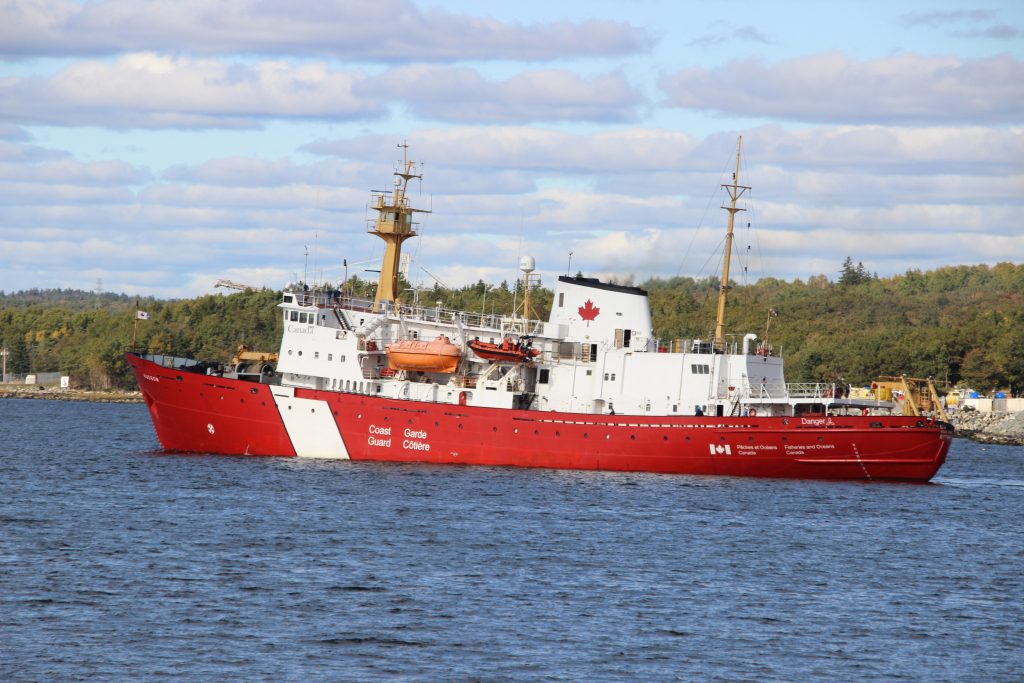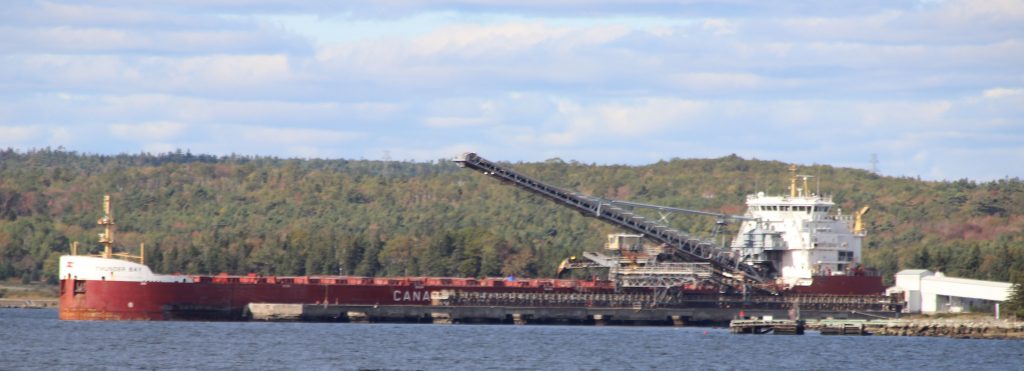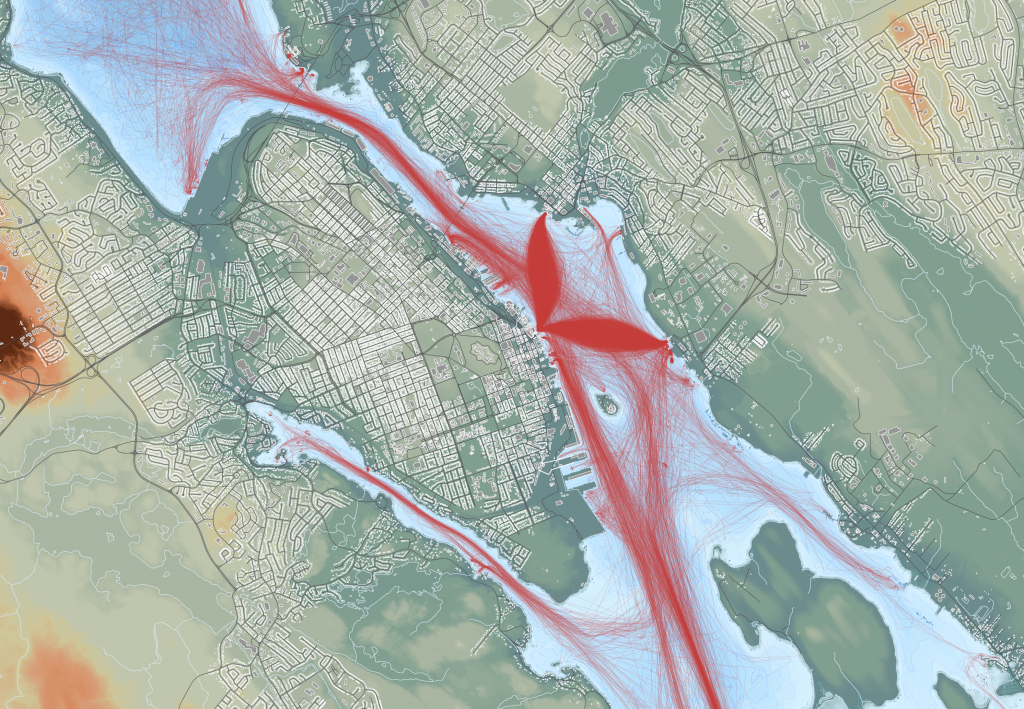
Well, its time for an updated map. This version is based on data from the month of September 2020. Its available as a pdf download (31mb).
2020 brought alot more traffic to be mapped versus the previous 2 versions, based on increased adoption of AIS. The Navy’s tugs now show on AIS, and the new Jetty NJ is in use at the dockyard. COVE has traffic, and Dominion Diving vessels are visible coming out of Dartmouth Cove. The Irving Woodside oil dock is in use, and we have trips to Georges island.
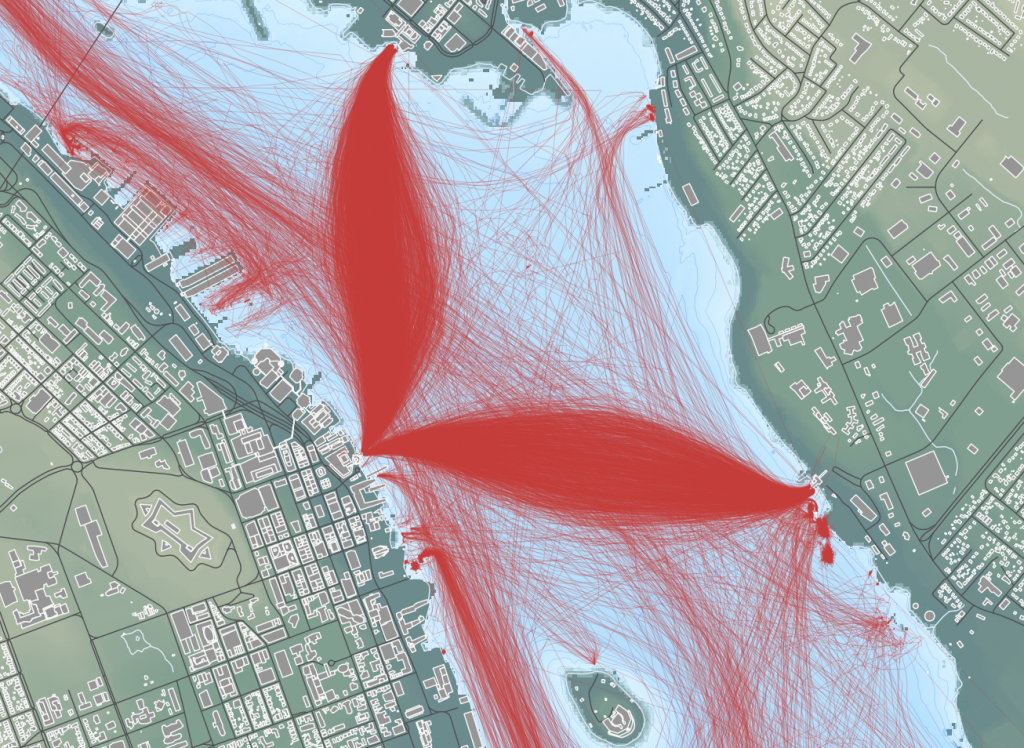
(below left) Fishing vessels in Dartmouth Cove. (below right) Boats at Anchor in the North West Arm.

(below)Boats at the Dartmouth Yacht Club.
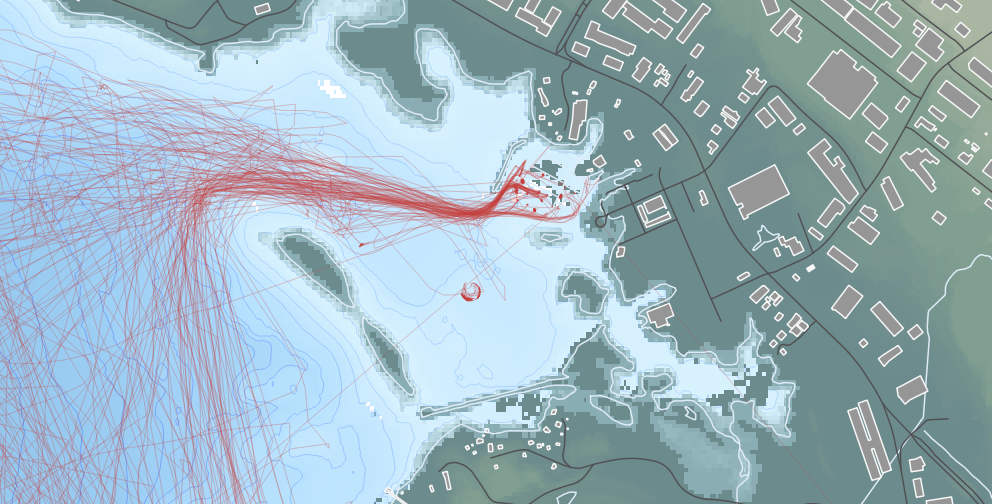
The 2020 Map was again made in QGIS, and this time made use of several open data sets. The land is based on the 2018 LIDAR 5m DEM (Digital Elevation Model) coloured to denote elevation. The city is made form the road center lines, coloured dark grey, and the Building Polygon’s, from the Building Outlines data coloured light grey.
The waters of the harbour were built with the CHS NONNA 10 data set. The GeoTiff’s were downloaded, merged into a single file, the colored to show depth. Vector contours were generated, and are visible as a subtle detail in the waters.
Otherwise, the same basic process was followed as outlined in my 2016 how its made post
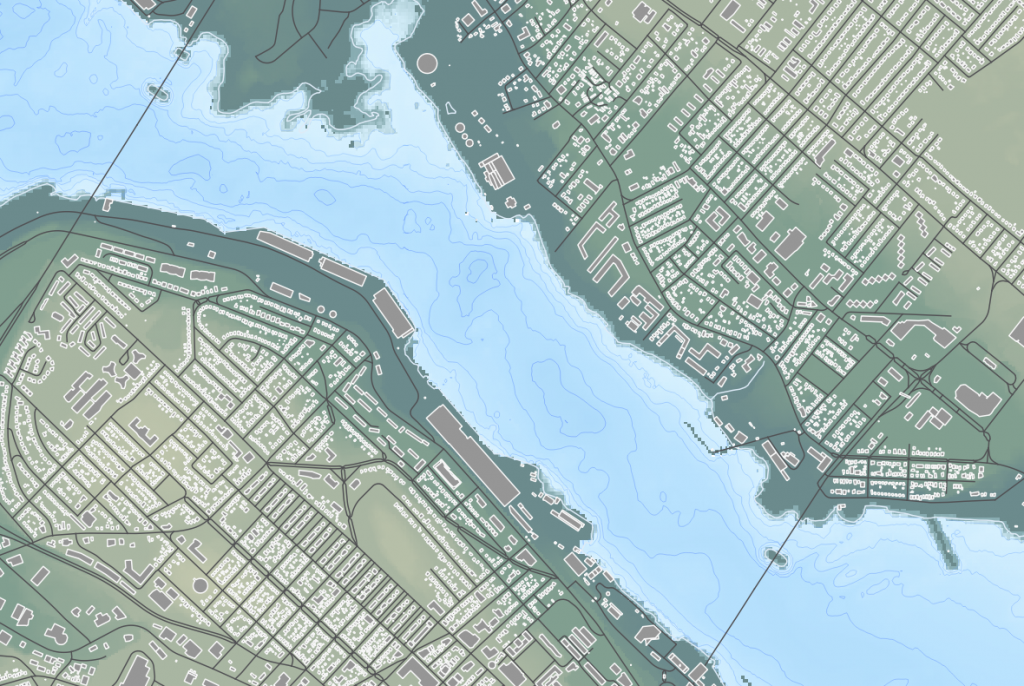
Going Back In time
The first map was based on traffic in Nov 2011. COVE was still in use by the coast guard, so traffic is visible. the Ferries are absent, as they didn’t carry AIS in 2011. Imperial Oil is still seeing tanker traffic.
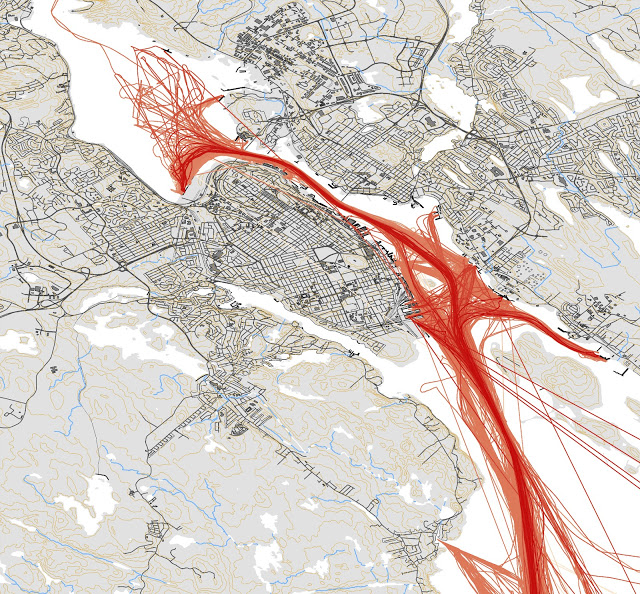
The 2011 map was made in ESRI ArcGIS, and the basemap came from a web mapping service. For 2016, the map was made in QGIS, and the line whights were made finer, with a simpler outline of the harbour.
The traffic in August 2016 is quite different. the Ferries have left a clear Whale tale mark where they cross to Alderney and Woodside. COVE is not yet in regular use, and has limited traffic. There is much less traffic to Imperial oil.
